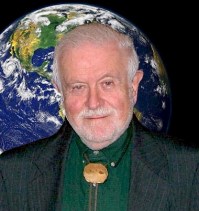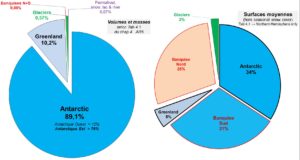by C. Rotter, April 7, 2020 in WUWT
Marc Morano’s personal note: “I have known Fred Singer for almost two decades. He was as kind as he was brilliant. He had an encyclopedic acknowledge of people, facts, institutions, and science. I was honored to be his friend and attend Fred’s 95th birthday in the fall of 2019. In 2018, Craig Rucker and I presented Fred CFACT’s 2018 ‘DAUNTLESS Purveyor of Climate Truth’ Lifetime Achievement Award. I traveled with Fred to the UN Paris climate summit in 2015 and we met up at many international destinations to fight the UN’s corruption of climate science. My condolences to Fred’s family and my condolences the world of science. You lost a great one. Rest in Peace Fred, you earned it. Cheers to an honorable man of science and a life well-lived. You will be missed Fred.”
…
By: Marc Morano – Climate Depot

by JC Maurin, 10 avril 2020 in ScienceClimatEnergie
Partie 3/3 : La diminution de la cryosphère est-elle démontrée dans l’AR5?
La contribution de la cryosphère à la hausse du niveau des mers est abordée dans le chapitre 4 du rapport AR5 du GIEC [1]. Les banquises [2] ne figurent pas parmi les contributeurs car leur fonte ne peut affecter les niveaux marins.
Le GIEC est persuadé que la masse de la cryosphère a diminué entre 1992 et 2012. Cette certitude de l’organisme intergouvernemental est fondée sur sa grande confiance dans des modèles gravimétrique/altimétrique et sur des marges d’erreur très optimistes, particulièrement en Antarctique [3] et sur les glaciers [4].

…
by P. Homewood, April 9, 2020 in NotaLotofpeopleKnowThat

http://ocean.dmi.dk/arctic/icecover_30y.uk.php
Most of us are probably familiar with the pattern of Arctic sea ice decline between 1979 and 2007, followed by a period of relative stability. Most of the decline took place after the mid 1990s.
The decline is nearly always explained away as the result of global warming, but a couple of old studies show this not to be the case.
In 2011, Robson & Sutton found that the sub polar gyre underwent remarkable and rapid warming in the mid 1990s, and that this was linked to changes in the North Atlantic Oscillation:
…
La géologie, une science plus que passionnante … et diverse



